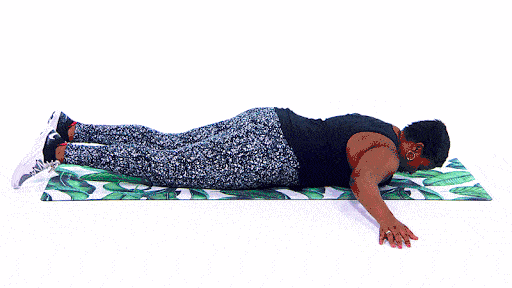Many people don’t understand that their mobility and flexibility go away over time. If you’re not using your muscles, then you’re losing them. Furthermore, that can lead to many problems later on in life when you get older. However, knowing what exercises will keep your muscles limber can be challenging, especially if you don’t know which muscles, they’re taking care of. Stretches are essential for both pre- and post-workout so that you don’t experience spasms or sore muscles later on.
Well, wonder no more. These forty exercises will help you to keep every muscle in your body limber and flexible so that you’re less prone to muscles aches in the future. It’s also important to stay flexible because that puts less strain on your bones, weakening when you get older. So without further ado, here are the top stretching exercises you should add to your daily exercise routine to give them the “lubing up” they need.

40. Lying Pectoral Stretch
The lying pectoral stretch is great to use before and after you do pushups. Pushups can be a strenuous exercise on your shoulders and back, so you can help warm them up or cool them down so that they’re not in agonizing pain. First, lie on your stomach with your arms extended to the sides, and your body should make the shape of the letter T. Push off the ground with your left hand and bend your left knee to provide you with some balance as you roll onto your right side. Repeat on the other side. As you do this more and more, you’ll increase your mobility and be able to stretch your body further and further each time.
